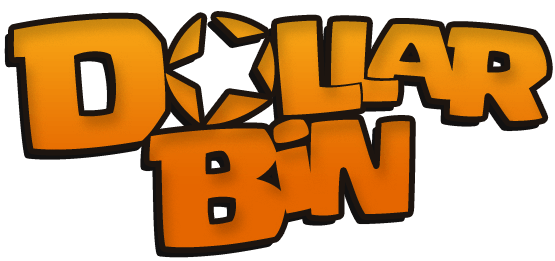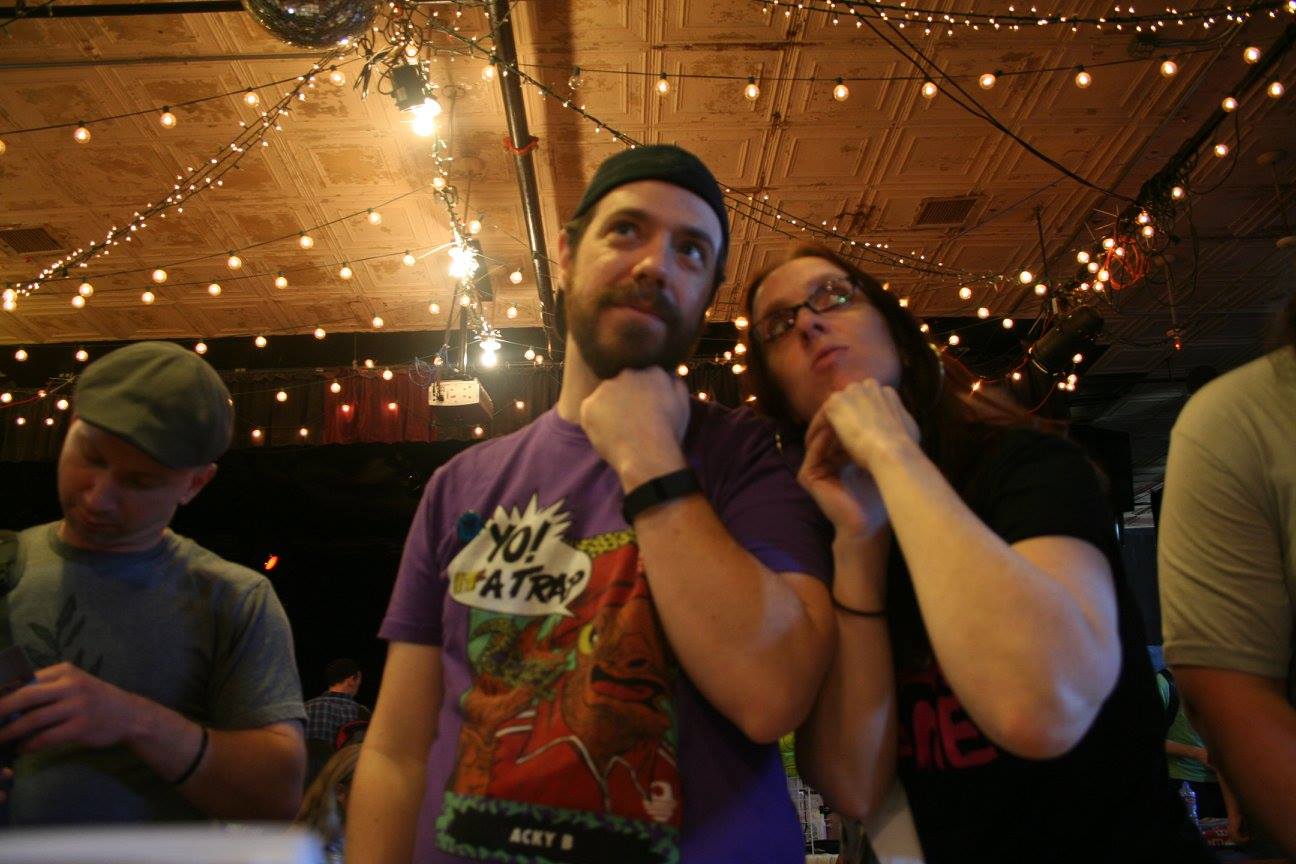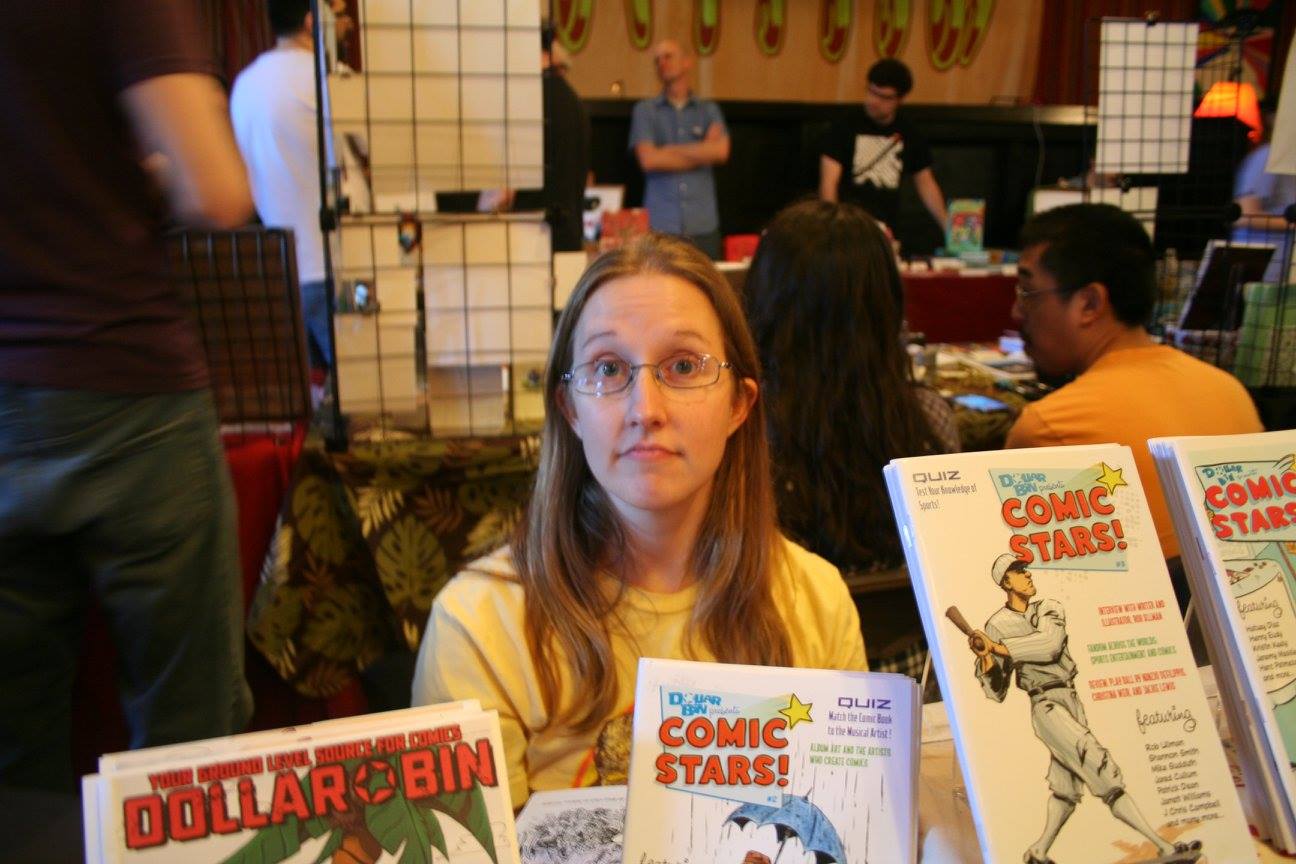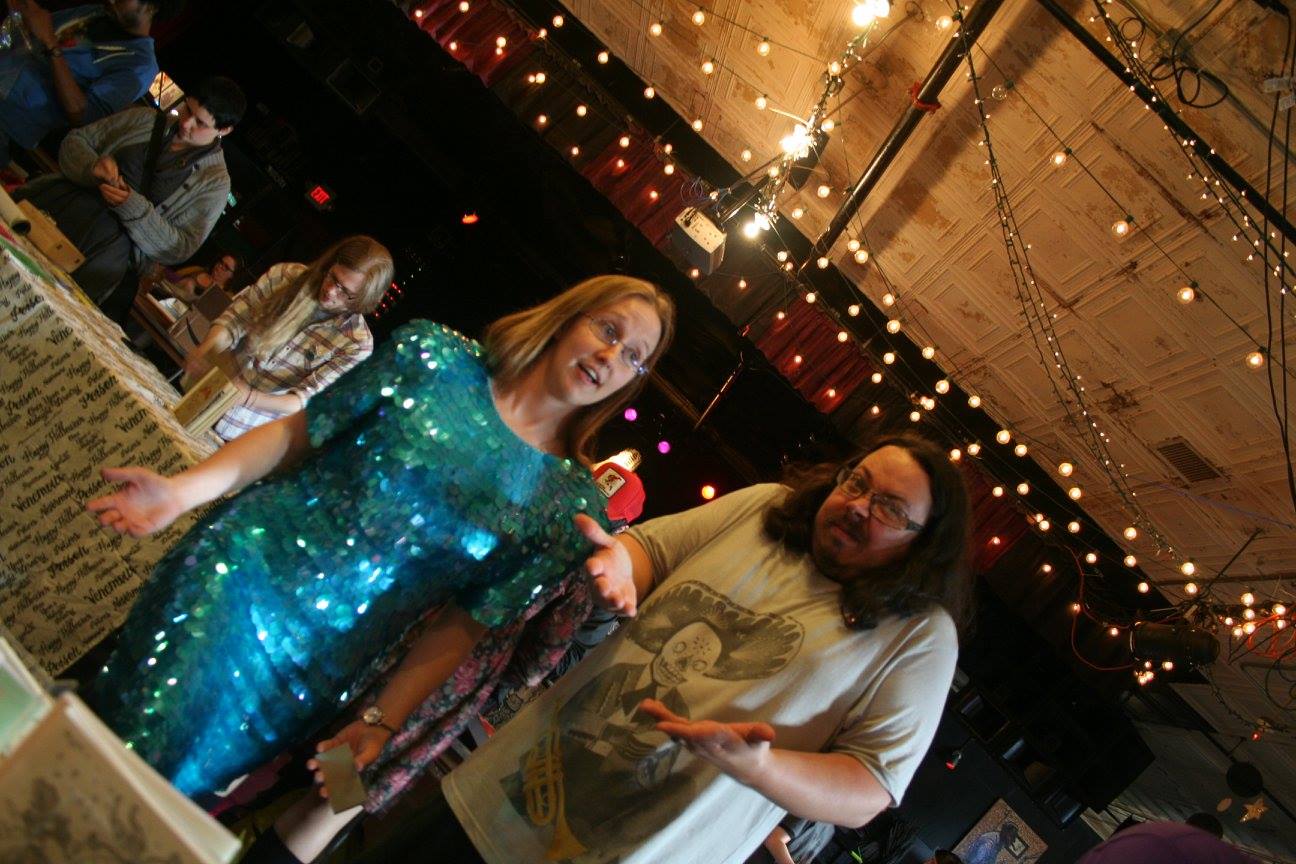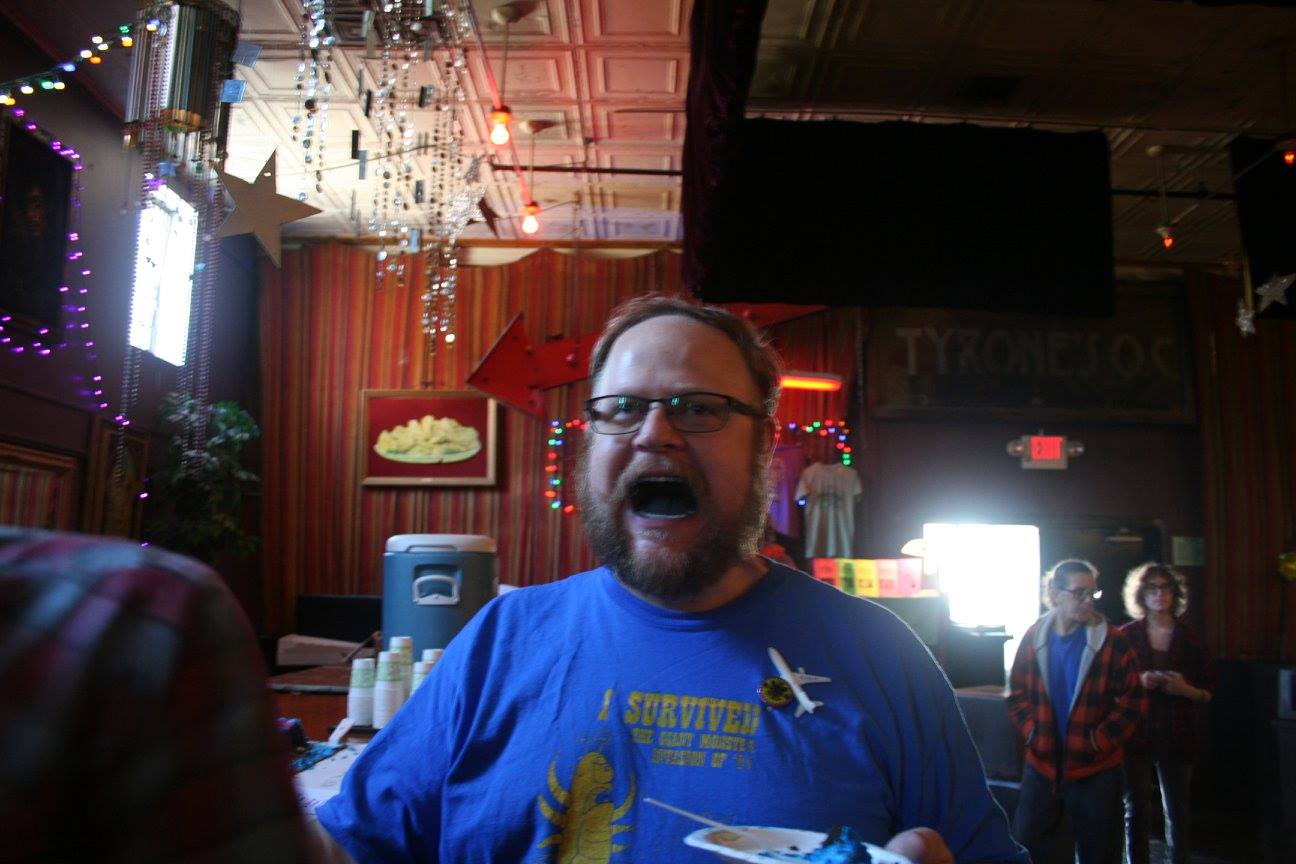The difference is clear. Catwoman is made to be a sex object. She uses her sexuality, not her fighting skills, to get out of a dangerous situation. She is not sexually free and liberated, she is a sex object. There has been a shift in this society (as described in Ariel Levy’s book Female Chauvinist Pigs: Women and the Rise of Raunch Culture) to view sluts as empowered women, however this is not a true example of empowerment. This is merely a push for women to act like men in order to be viewed as equal. Wonder Woman is in charge of the situation and uses her fighting skills to protect and defend. We do not question Wonder Woman’s femininity and sexuality. She uses it when she protects and cares for Zola much like a mother would care for a child. Laura Hudson does an excellent job of voicing her opinions on this matter in The Big Sexy Problem with Superheroines and Their ‘Liberated Sexuality.’
Sources:
[Azzarello, Brian (w), Chiang, Cliff (a).] Wonder Woman #1. New York: DC Comics, 2011.
Cruz, Amada et.al. Cindy Sherman: Retrospective. Chicago: Museum of Contemporary Art, 2006.
Hudson, Laura. The Big Sexy Problem with Superheroines and Their ‘Liberated Sexuality.’ Comics Alliance. 22 Sep. 2011. Web. 08 Oct. 2011. <http://www.comicsalliance.com/2011/09/22/starfire-catwoman-sex-superheroine/>
Levy, Ariel. Female Chauvinst Pigs: Women and the Rise of Raunch Culture. New York: Free Press, 2006.
[Lobdell, Scott (w), Rocafort, Kenneth (a).] Red Hood and the Outlaws #1. New York: DC Comics, 2011.
Mulvey, Laura. “Visual Pleasure and Narrative Cinema.” Art After Modernism: Rethinking Representation. Ed. Brian Wallis. New York: The New Museum of Contemporary Art, 1999. 361-373.
Stokstad, Marilyn. Art History. 2nd ed. New York: Harry N. Abrams, Inc., 2002.
[Winick, Judd (w), March, Guillem (a).] Catwoman #1. New York: DC Comics, 2011.
